How to Fix an Electric Scooter: Common Problems and Solutions
Finding the right electric scooter can be tough, so when you do find the best one for your needs, you want it to run correctly. Often, this means keeping a charge on the battery and being careful. However, some issues may arise where the scooter no longer works.
When this happens, you may think that you have to throw away the machine and buy a new one, but you can actually learn how to fix an electric scooter so that it runs again. There are common issues that you might run into, and we look into each one and the solutions.
A Word of Caution
While many of these scenarios are easily fixable with few or no tools, it is important to be safe. If you don’t feel comfortable performing a task, you may want to call a professional. They will take all precautions for safety and may have a background in troubleshooting electric scooters.
How to Fix an Electric Scooter
You’ll find a variety of problems that may come with owning an electric scooter. We’ll talk about each one and give you a solution to try. In most cases, it will work for you.
1. A Dead Battery
You may not realize it, but there’s a difference between a battery that is low and one that’s dead. When the battery is low, you can turn on your machine but can’t get it running. This happens because the battery isn’t getting enough power to run the motor.
When you’ve got a dead battery, your scooter won’t even turn on and will be lifeless. It’s not going to respond at all.
The Solution
Since a dead battery is one of the most common problems found with electric scooters, you’re sure to find a solution. All you need to do is charge it. Just note that it might take a longer time to charge because your battery is fully drained.
To revive it, you’ll need to leave it on and charging for a long time. Plus, you should ensure that it sees a full chargeback to the green; that is, if you have a scooter with an LED indicator light. Generally, it’s best to recharge the battery before it dies so that it doesn’t take as long.
If a charge isn’t enough to jump the battery, you may want to purchase a voltmeter. This device will check your battery to see if it is charging or not. Batteries can lose their charge and power with use and time, so if it isn’t charging, it’s time to replace it.
2. Runs for a Short Period
You may run into the issue where your scooter does run well, but it slows down or stops completely after a while. When you go to check the charge, the batteries are worn down. Of course, if you’re going uphill, your speed will reduce naturally.
On the contrary, if the scooter slows down on the flat ground, you probably have an issue with the battery. This shouldn’t be a cause for concern, though.
The Solution
Often, your scooter will die prematurely because the batteries are old. They may not hold a charge for long, and it might take longer to recharge them. If that happens, you should consider replacing the batteries to fix the problem.
You should also check the tires. If your tires are flat or have low air pressure, this could cause the speed to reduce with time. Air up the tires or fix them and see if that helps.
3. Kill Switch On
You may not realize it, but your electric scooter probably has a kill switch to help save energy. Most manuals recommend that you turn it on when you’re finished riding for the day or while it is charging.
Many times, if your engine won’t start, you should check to see if the kill switch is still in the on position. Do this before you check for a low or dead battery. You’ll find the switch on your scooter’s engine.
The Solution
Find the kill switch on your engine. Turn it to the off position and then try to start the engine.
4. Blown or Flipped Fuse
Scooters run on battery power, so you may find that it is common to have various electrical problems. If you flip the fuse for the ignition, the scooter won’t respond when you turn it on. You may also have a flipped or blown main fuse.
The Solution
Check to see if the main or ignition fuses are flipped. If so, set them to their “on” position once more. Then, try to start the engine.
This should work unless the fuse is blown. If that happens, you will need to replace that particular fuse. While you can do this yourself, we always recommend that you go to a professional for a blown fuse.
5. Engine Heats Up
When your engine overheats, you may get quite worried. Luckily, most new models have a safety mechanism that shuts it off to prevent more damage from happening.
If this occurs, though, you will feel the heat when you get close to your engine. Hot engines indicate that the battery is hot because that’s what powers it. Therefore, the battery lifespan will be decreased, and it could fail completely.
The Solution
The first step is to turn off your engine and let it cool off completely. Then, check for any damaged wiring or fuses. This could indicate an electrical controller issue, which we’ll discuss later.
If there are damaged fuses or wiring problems, the engine might still run. However, there will be excess pressure put on the battery, which could cause significant and irreplaceable damage.
Such excess power will cause your battery to overheat and break down. While you can tell if the engine is overheating, you can’t fix this problem yourself. It’s best to send it in for repairs as soon as you can.
6. No or Weak Acceleration
Sometimes, when you’re riding along, you will give the scooter power, and it will seem slow to go. Other times, it won’t move at all. If this happens, there are a few solutions.
The Solution
If you can barely get the scooter to move or it won’t go at all when you touch the accelerator, then you may have an electrical controller or fuse problem. You may have an electrical issue, or the fuse might be blown or flipped.
When that happens, the engine can’t draw power from its battery, and the scooter won’t move. Usually, when that happens, it’s considered a mechanical issue. This means you will need to send it to a professional for repairs.
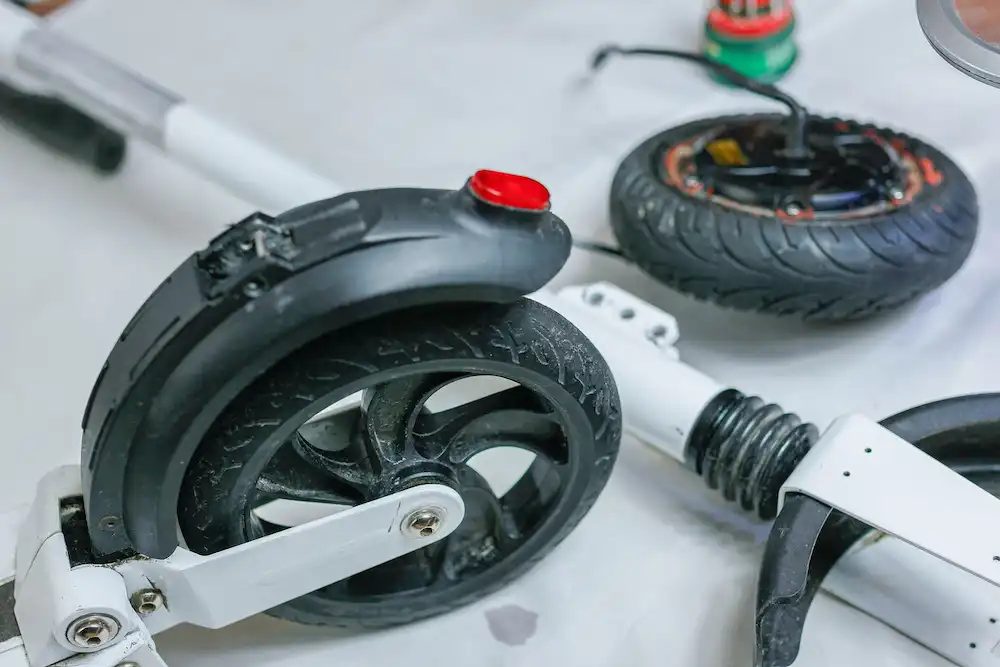
7. Electrical Controller Issues
Every electric scooter will have an electrical controller, which is a board that fits all of the fuses and wires.
If a foreign body or water gets in contact with that area, the circuits could be affected. Thus, the engine might act up, or it might not turn on at all.
The Solution
Though this can seem a little daunting, you can try to secure wires that might have gotten loosened. You can also check for any popped transistors. It’s very rare, though, that the transistor is the problem.
If that is the case, it is quite easy to replace. If that’s not the cause, you may need to send it in for diagnostics and repairs.
8. Brake Lever Switch
Similar to the kill switch, the brake lever switch might get turned on accidentally. This device is connected to the scooter’s throttle control system. Once it is applied, it will deactivate the whole system.
If that fails, then the brakes will lock up on the scooter, and it shuts itself down. It’s a safety feature that can save lives, but it can also fail at times.
The Solution
Often, the wiring can become loose. Check for any loose wires and reconnect them. If that doesn’t work, then you may need to seek professional repairs.
9. Faulty Speed Controller
A speed controller is an essential component on your scooter to help it automatically keep its speed within a predefined range. It is similar to cruise control in vehicles and reduces the need for your effort while ensuring the reliability of your ride.
While this is essential, the part is also prone to breaking. If that happens, you can fix it yourself.
The Solution
Here are the steps you need to take:
1. Turn on the scooter
The first step is to turn the scooter on so that you can confirm whether or not the speed controller is working. Once on, you can find out which part has an issue.
2. Test your speed controller
To determine if the speed control has a problem, you’ll need to check the electrical wiring. Make sure to check the switch, fuse, and circuit breaker. Sniff around the engine to see if fumes are present because that could indicate the risk of fire.
3. Dismantle your speed controller
Once you’ve found out which part of the controller is the issue, you can dismantle it. That way, you can gain access to the interior. Tighten any loose wires and replace broken ones.
It might not be the wiring that’s the problem. Check the circuit breaker and fuse, replacing them if needed.
4. Reassemble everything
When the scooter is fixed, you’ll need to put the speed controller back together. Use caution here because it is quite easy to make a mistake. Reattach all the parts and screw them back on tightly.
5. Test your scooter
Now is the time to turn on the scooter and drive it a short distance. This will tell you if you fixed the problem or not.
10. Faulty Battery Charger
If your battery charger is faulty, your scooter isn’t likely to start. After a while, it will require a charge and won’t get it. It’s easy to check for a faulty charger.
The Solution
All you have to do is plug the charger into an outlet and watch the indicator lights. If they’re not illuminated, then your charger could be defective; this is the easy way to test it.
If you’d like a more in-depth check, you can use a voltmeter or multimeter to test the battery charger’s output. Just note that before you check your battery, you should find out the voltage for the battery’s output to your scooter.
Generally, scooter batteries have a 24V, 36V, or 48V voltage. The goal here is to see if the charger outputs a higher voltage than your battery. If there is no voltage at all or if it is just a little over the battery, your charger is defective, or it’s too high a voltage for the battery itself.
This is an easy fix. Just buy a new battery charger and make sure the voltage is comparable to that of the battery. Also, make sure that the outlet voltage is compatible with the battery and charger.
A Few Other Things to Consider
Though we have talked about many common issues, the solutions might not be what you need. Hence, we will talk about some other things to try. For example, if the motor doesn’t engage, you should push the scooter to about 3mph, all while applying the throttle.
That said, if the scooter shuts off while you’re driving it, you should turn off the power. Wait a few minutes, and then press the engine’s reset button. Almost all electric scooters feature a reset button.
If the power switch doesn’t light up, the motor isn’t going to engage when you kick start it. Therefore, you’ll want to check for and reconnect any loose wires beneath the deck plate. If no loose wires are found, you might need to replace your power switch or reset button.
It’s also possible that the machine stops working after you charge it. If that happens, you might need to replace the battery. You can also secure it safely, lift the back end, and spin the rear wheels manually while using the throttle.
Conclusion
We understand that you want your scooter to work at all times, but mechanical things can act funny or stop working. Fortunately, you just learned how to fix an electric scooter.
Most of the problems were considered common, and they might be included in your owner’s manual troubleshooting section. Some of them might be a little rarer. Regardless, we offered solutions for each issue so that you can diagnose and repair it yourself.

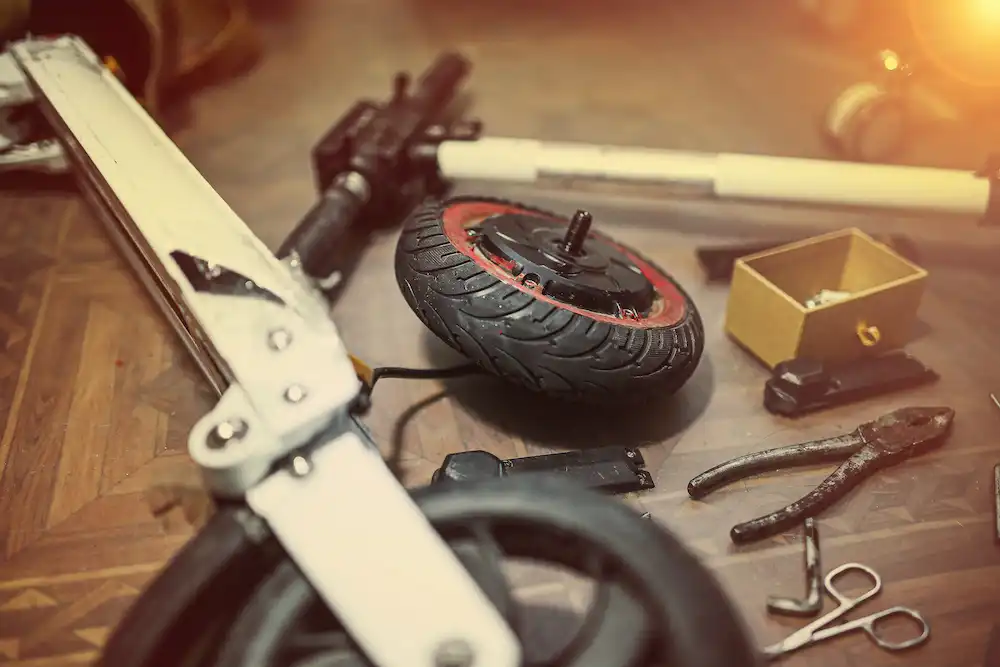
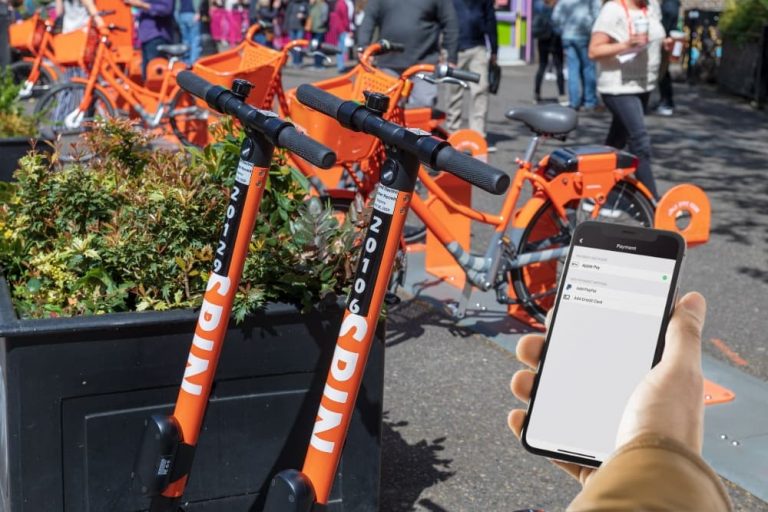
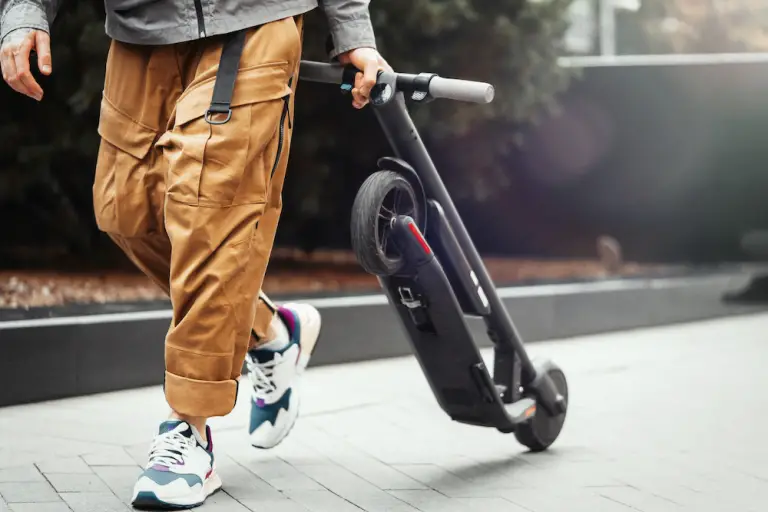

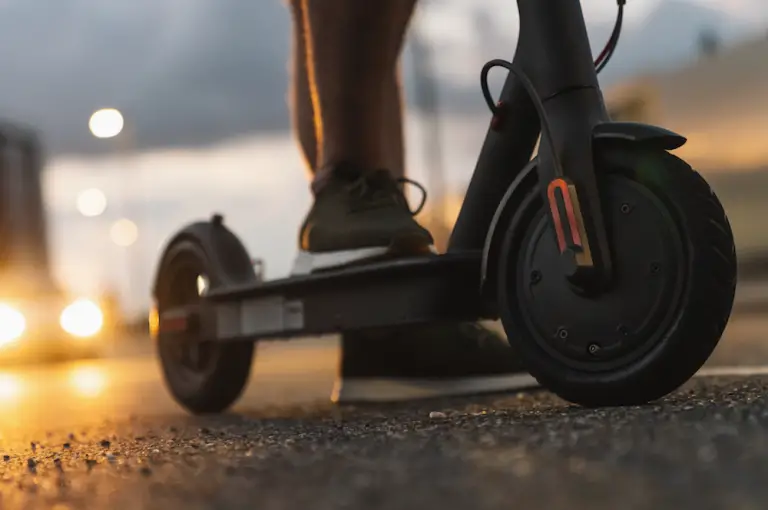
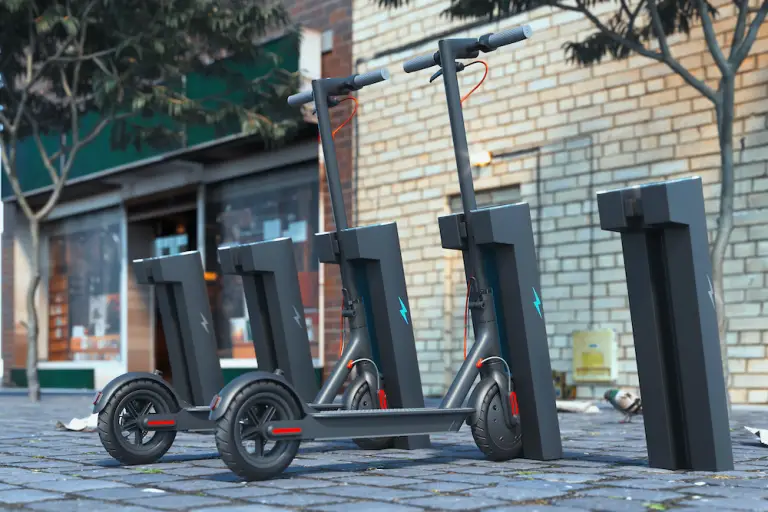
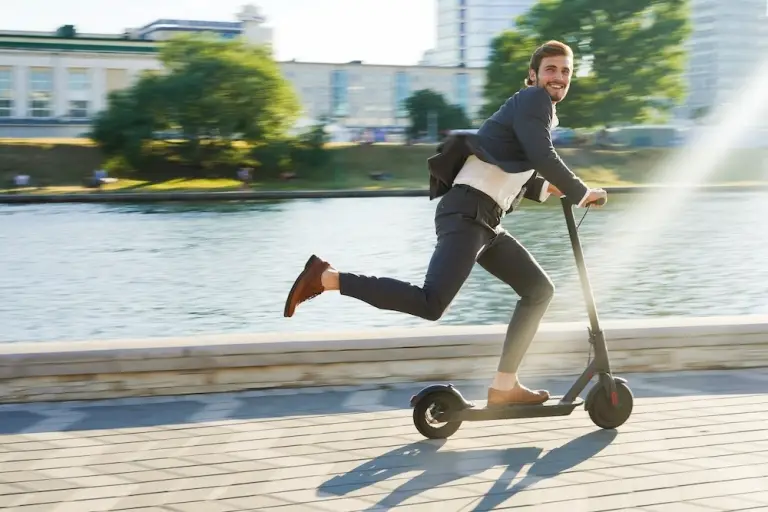
I have a chaos 1600 e scooter. Every time i wash it or ride in rain it cuts out checked all seals. It doesn’t seam to like water. Please help
Hello my man . Very informative blog. Thank you. Question. I have a Gobi S urban drift . flat tire stopped my world still haven’t completed the repair. 3 months sitting up. Now it won’t power on . nightmare purchase when inner tube explodes. How can I get it too power back on.? hasahnebro@gmail.com.